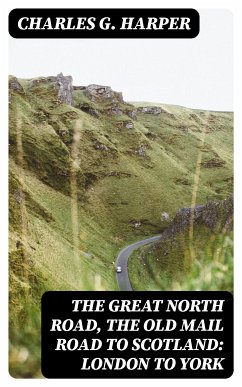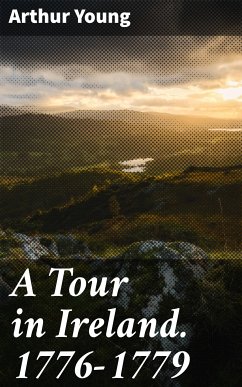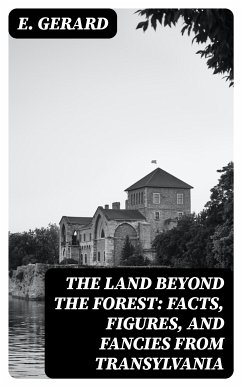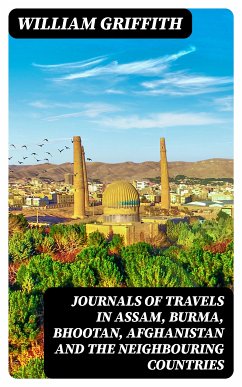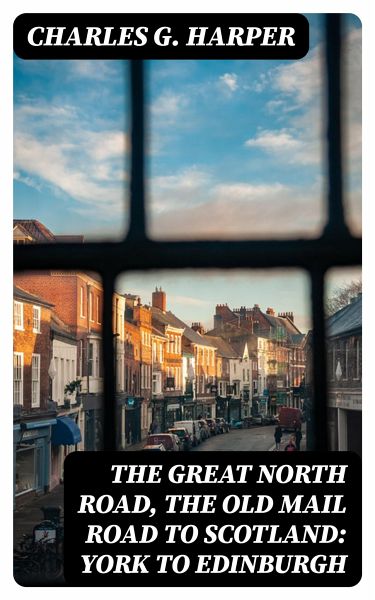
The Great North Road, the Old Mail Road to Scotland: York to Edinburgh (eBook, ePUB)
Versandkostenfrei!
Sofort per Download lieferbar
0,49 €
inkl. MwSt.
Weitere Ausgaben:

PAYBACK Punkte
0 °P sammeln!
In "The Great North Road, the Old Mail Road to Scotland: York to Edinburgh," Charles G. Harper intricately weaves a narrative that explores the rich tapestry of historical and cultural significance of one of England's primary routes to Scotland. Written in a style that juxtaposes both meticulous observation and lively anecdote, Harper employs vivid descriptions and personal reflections to evoke the landscapes, towns, and stories that line this storied path. The book serves not only as a travel narrative but also as a social history, shedding light on the evolution of transport and communicatio...
In "The Great North Road, the Old Mail Road to Scotland: York to Edinburgh," Charles G. Harper intricately weaves a narrative that explores the rich tapestry of historical and cultural significance of one of England's primary routes to Scotland. Written in a style that juxtaposes both meticulous observation and lively anecdote, Harper employs vivid descriptions and personal reflections to evoke the landscapes, towns, and stories that line this storied path. The book serves not only as a travel narrative but also as a social history, shedding light on the evolution of transport and communication from the 18th to the early 20th century, inviting readers to envision the journey alongside the author's own experiences. Charles G. Harper, a notable English author and illustrator, was profoundly influenced by his experiences in the rural landscapes of England. His passion for travel, coupled with a keen interest in topography and folklore, drove him to delve into the history of the roads that shaped England's connectivity. Harper's celebrated works often reflect a deep appreciation for the intersection of nature and human development, showcasing his ability to infuse historical narratives with a personalized touch. This book is highly recommended for readers interested in historical travel literature and those seeking to engage with the landscapes and stories that define the northward journey to Scotland. Harper's prose invites one to not just read, but to traverse the landscapes he so lovingly describes, making it an enriching read for enthusiasts of both history and travel.
Dieser Download kann aus rechtlichen Gründen nur mit Rechnungsadresse in A, B, BG, CY, CZ, D, DK, EW, FIN, F, GR, H, IRL, I, LT, L, LR, M, NL, PL, P, R, S, SLO, SK ausgeliefert werden.





